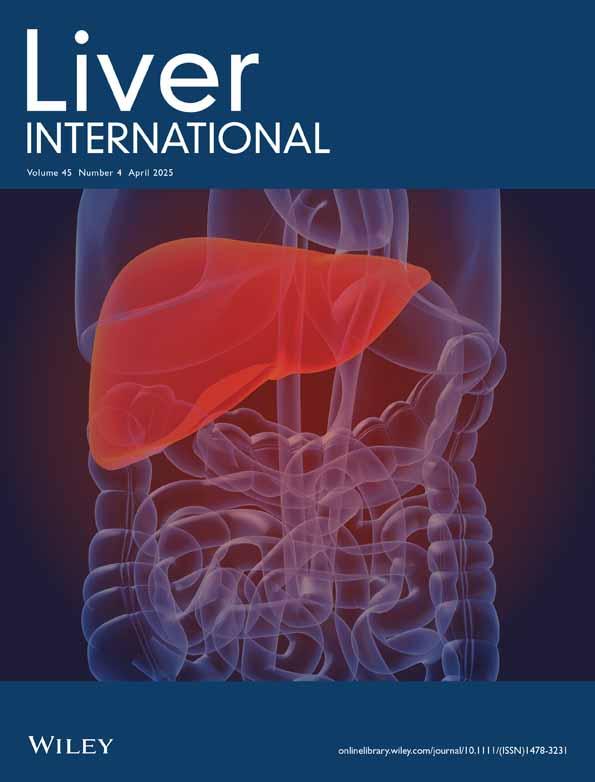Pharmaco-Economic Assessment of Screening Strategies for High-Risk MASLD in Primary Care
Handling Editor: Luca Valenti
Funding: This study was partially supported by the Center for Outcomes Research in Liver Diseases, Washington DC, USA, The Global NASH Council, Washington DC, USA, the Beatty Liver and Obesity Research Fund, Inova Health System, Falls Church, VA, USA. Also, research funding was received from Siemens Healthineers Diagnostics but were not involved in any aspect of the study.
ABSTRACT
Background and Aims
Several scientific associations recommend a sequential combination of non-invasive tests (NITs) to identify high-risk MASLD patients but their cost-effectiveness is unknown.
Methods
A cost-utility model was developed to assess the incremental cost-effectiveness ratio (ICER) of recommended screening strategies for patients with clinically suspected MASLD, specifically those with type 2 diabetes (T2D) and obesity with multiple cardiometabolic risk factors which will be initiated in primary care. Six screening strategies were assessed, using either vibration-controlled transient elastography (VCTE) or the enhanced liver fibrosis (ELF) test as a second-line test following an initial Fibrosis-4 (FIB-4) assessment as the first line NIT. The model included treatment effects of resmetirom for metabolic dysfunction-associated steatohepatitis (MASH) patients with F2 or F3 fibrosis.
Results
All screening strategies for high-risk MASLD in US incurred additional costs compared to no screening, ranging from $13 587 to $14 730 per patient with T2D and $14 274 to $15 661 per patient with obesity. However, screening reduced long-term costs, ranging from $22 150 to $22 279 per patient with T2D and $13 704 to $13 705 per patient with obesity, compared to $24 221 and $14 956 for no screening, respectively. ICERs ranged from $26 913 to $27 884 per QALY for T2D patients and $23 265 to $24 992 per QALY for patients with obesity. While ICERs were influenced by VCTE availability, they remained cost-effective when using ELF as the second-line test. Our findings remain robust across a range of key parameters.
Conclusions
Screening for high-risk MASLD is cost-effective according to recent guidelines. Implementing these screening strategies in primary care should be considered.
Conflicts of Interest
Z.M.Y. has received funding or serves as a consultant to Intercept, Madrigal, Siemens, Cymabay, Ipsen, Boehringer Ingelheim, GSK, Novo Nordisk Akero and Abbott. Other authors declare no conflicts of interest.
Open Research
Data Availability Statement
All data in this study are cited and contained within the manuscript for others use.




